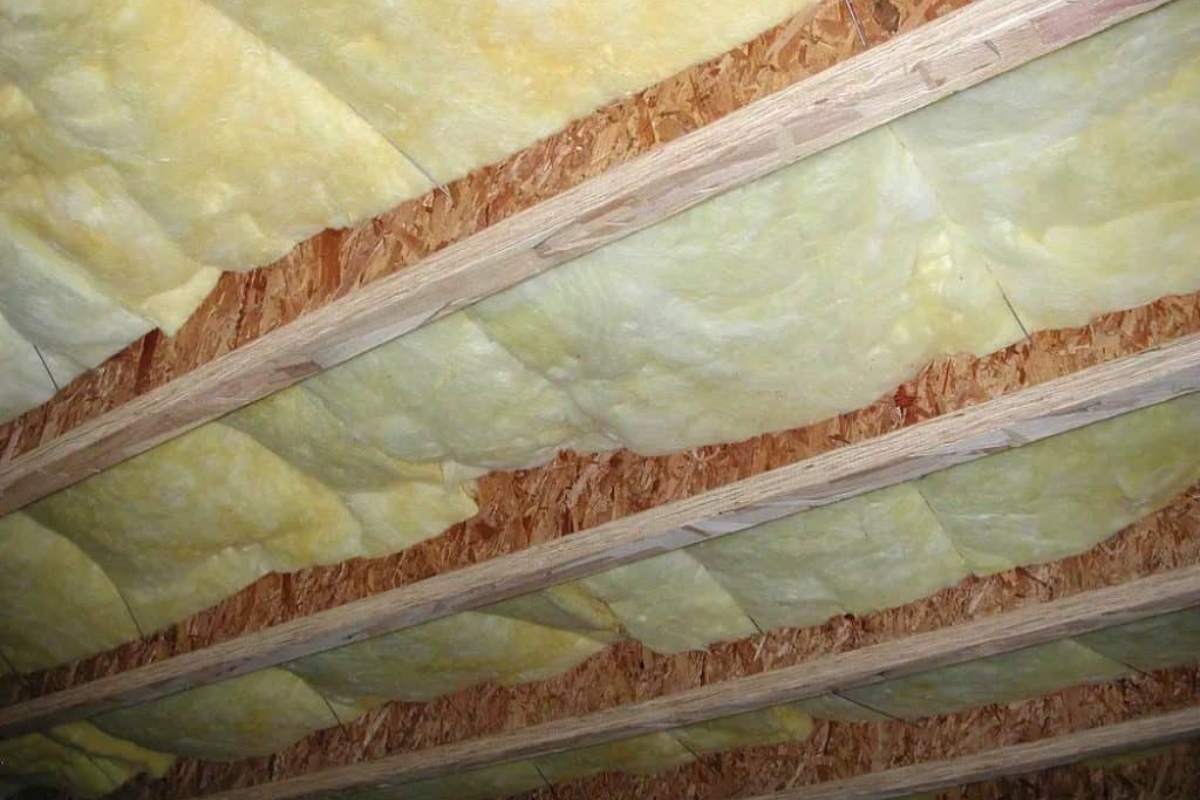

Articles
What Is R-11 Insulation Used For
Modified: October 20, 2024
Learn more about R-11 insulation and its various uses in this informative article. Discover how this type of insulation can improve your home's energy efficiency and reduce heating and cooling costs.
(Many of the links in this article redirect to a specific reviewed product. Your purchase of these products through affiliate links helps to generate commission for Storables.com, at no extra cost. Learn more)
Introduction
R-11 insulation is a popular choice for homeowners and builders looking to improve energy efficiency and reduce heat transfer in residential and commercial structures. As one of the most common types of insulation on the market, R-11 insulation offers a range of benefits and applications.
In this article, we will explore what R-11 insulation is, its advantages, common uses, installation process, factors to consider, and tips for maintaining and repairing R-11 insulation.
Whether you are a homeowner looking to upgrade your insulation or a construction professional seeking information on insulation materials, this article will provide you with a comprehensive understanding of R-11 insulation and its practical applications.
Key Takeaways:
- R-11 insulation offers thermal efficiency, energy savings, and soundproofing benefits, making it a versatile choice for residential and commercial buildings. Its easy installation and durability provide long-term cost savings and comfort.
- Proper installation, maintenance, and consideration of factors such as climate and building design are crucial for maximizing the effectiveness of R-11 insulation. Consultation with professionals ensures tailored advice for optimal results.
Read more: What Is R-7 Insulation Used For
Understanding R-11 Insulation
R-11 insulation is a type of insulation material commonly used to prevent the transfer of heat, noise, and moisture in buildings. It is made up of a layer of insulation material with a thermal resistance of R-11, which indicates its ability to resist heat flow. The higher the R-value, the better the insulation’s thermal resistance.
R-11 insulation is typically made of fiberglass, which consists of fine glass fibers. These fibers are densely packed together and can trap pockets of air, preventing heat transfer. The fiberglass is then coated with a facing material, such as kraft paper or foil, to provide additional protection and improve its durability.
The primary function of R-11 insulation is to create a barrier between indoor and outdoor environments, reducing the amount of heat that escapes in cold weather and minimizing the infiltration of hot air during warmer months. By minimizing heat transfer, R-11 insulation helps maintain a comfortable indoor temperature, reduces energy consumption, and lowers utility costs.
In addition to its thermal insulation properties, R-11 insulation also offers soundproofing benefits. The dense fibers of the insulation material can absorb and dampen sound waves, reducing noise transmission from room to room or blocking external noises.
Another advantage of R-11 insulation is its resistance to moisture. The facing material acts as a vapor barrier, preventing moisture from seeping into the insulation. This moisture resistance helps prevent the growth of mold and mildew, improves indoor air quality, and protects the structural integrity of the building.
Overall, R-11 insulation is a versatile and effective insulation material that provides thermal insulation, soundproofing, and moisture resistance properties. Its relatively high R-value makes it suitable for a wide range of applications, both in residential and commercial settings.
Advantages of R-11 Insulation
R-11 insulation offers several advantages that make it a popular choice for homeowners and builders. Understanding these benefits can help you make an informed decision when selecting insulation for your property. Here are some key advantages of R-11 insulation:
- Thermal Efficiency: One of the primary advantages of R-11 insulation is its excellent thermal efficiency. The R-11 rating reflects its ability to resist heat flow, ensuring that your home stays warm in the winter and cool in the summer. By reducing heat transfer through walls, attics, and floors, R-11 insulation helps maintain a comfortable indoor temperature and reduces the need for excessive heating or cooling.
- Energy Savings: Due to its thermal efficiency, R-11 insulation can significantly lower energy consumption. By minimizing heat loss or gain, it reduces reliance on heating and cooling systems, resulting in reduced energy bills and increased energy efficiency. Over time, the energy savings achieved with R-11 insulation can add up, offering significant cost benefits.
- Noise Reduction: R-11 insulation also provides excellent soundproofing properties. The dense fibers of the insulation material absorb and dampen sound waves, reducing noise transmission from room to room or blocking external noises. This is particularly beneficial in buildings located in noisy neighborhoods or near busy roads.
- Moisture Resistance: The facing material on R-11 insulation acts as a vapor barrier, preventing moisture from seeping into the insulation. This moisture resistance helps protect against mold, mildew, and water damage. It also improves indoor air quality by preventing the growth of harmful bacteria and allergens.
- Easy Installation: R-11 insulation is relatively easy to install, making it a convenient choice for both DIY enthusiasts and professionals. It comes in pre-cut rolls or batts that can be easily fitted between wall studs, joists, or rafters. This simplicity of installation saves time and labor costs.
- Durable and Long-Lasting: R-11 insulation is known for its durability and longevity. The fiberglass material and sturdy facing provide resistance against wear and tear, ensuring that the insulation performs effectively for years to come. This durability translates into long-term savings as there is no need for frequent replacement or repair.
These advantages highlight why R-11 insulation is a popular choice for improving energy efficiency, comfort, and overall building performance. Whether you are looking to upgrade your existing insulation or planning a new construction project, R-11 insulation can provide a range of benefits to enhance your property.
Common Uses of R-11 Insulation
R-11 insulation is a versatile insulation material that can be utilized in various areas of residential and commercial buildings. Its excellent thermal resistance and soundproofing properties make it suitable for a range of applications. Here are some common uses of R-11 insulation:
- Exterior Walls: R-11 insulation is commonly used in exterior walls to minimize heat loss or gain. It is installed between the wall studs, creating a thermal barrier that helps maintain a comfortable indoor temperature while reducing energy consumption.
- Interior Walls: R-11 insulation can also be used in interior walls to enhance soundproofing. By installing R-11 insulation between rooms or floors, it reduces the transmission of sound waves, ensuring privacy and a quieter living or working environment.
- Attics: Another common application of R-11 insulation is in attics or roof spaces. It is installed between rafters or joists to prevent heat transfer between the attic and the living space below. This helps keep the upper floors of the building cooler in summer and warmer in winter.
- Floors: R-11 insulation is also used in floors to minimize heat loss or gain. When installed between the floor joists or under the subfloor, it provides thermal insulation, making the floors more comfortable to walk on and reducing energy costs.
- Ceilings: R-11 insulation can be installed in ceilings to improve energy efficiency and soundproofing. It helps prevent heat transfer between the upper and lower levels of a building, ensuring a more comfortable living or working environment. Additionally, it can reduce noise transmission from upper floors to lower floors or vice versa.
- Pipe Insulation: R-11 insulation can also be used for insulating pipes, especially in areas where freezing is a concern. It helps prevent heat loss from hot water pipes and prevents condensation on cold water pipes, guarding against potential damage caused by extreme temperatures.
- Ductwork Insulation: R-11 insulation is commonly used to insulate HVAC ductwork. Properly insulating the ducts helps prevent air leakage, ensuring that conditioned air reaches its intended destination without any loss, improving energy efficiency, and reducing HVAC system strain.
These are just a few examples of the common uses of R-11 insulation. The versatility and effectiveness of R-11 insulation make it a practical choice for improving energy efficiency, thermal comfort, and soundproofing in various areas of residential and commercial buildings.
R-11 insulation is typically used in walls and attics where there is limited space for insulation. It is effective for adding thermal resistance in areas with minimal depth, such as in older homes with narrow wall cavities.
Installation Process of R-11 Insulation
The installation of R-11 insulation can be a straightforward process when done correctly. It is important to follow the proper installation guidelines to ensure maximum effectiveness and energy efficiency. Here’s a step-by-step guide to installing R-11 insulation:
- Prepare the Work Area: Before installing R-11 insulation, make sure the work area is clean and free from any obstructions. Remove any existing insulation or debris that may hinder the installation process.
- Measure and Cut: Measure the distance between the wall studs, floor joists, or rafters where you will be installing the R-11 insulation. Use a utility knife or insulation cutting tool to cut the insulation to the correct size. Make sure to leave a small air gap at the top and bottom for proper ventilation.
- Fit the Insulation: Place the cut insulation into the space between the wall studs, floor joists, or rafters. Push it firmly into place, ensuring that it fits snugly without any gaps or compression. The insulation should cover the entire area, with no exposed spaces.
- Secure the Insulation: For vertical installations, use duct tape or insulation staples to secure the insulation to the studs or joists. Make sure the insulation is firmly held in place without any sagging or loose sections. For horizontal installations, the weight of the insulation itself should be sufficient to keep it in place.
- Seal Joints and Gaps: To maximize the insulation’s effectiveness, seal any joints or gaps in the insulation using HVAC foil tape or another suitable insulation sealing material. This will help prevent air leakage and maintain thermal resistance.
- Install Vapor Barrier: If your R-11 insulation does not come with an integrated vapor barrier, you may need to install one separately. A vapor barrier can help prevent moisture infiltration and damage. Install the vapor barrier according to the manufacturer’s instructions, ensuring that it is tightly sealed and covers the entire insulation area.
- Finish the Area: Once the insulation is securely installed, you can finish the area with drywall, paneling, or another suitable material. Ensure that any electrical wiring or plumbing within the insulation area is properly protected and compatible with the insulation.
It is important to note that safety precautions should be taken during the installation process. Wear protective gloves, a dust mask, and safety goggles to avoid contact with fiberglass particles. Proper ventilation is also recommended to minimize exposure to airborne fibers.
For complex or large-scale installations, it is advisable to consult a professional insulation contractor to ensure proper installation and optimal results. They have the knowledge and expertise to handle any challenges that may arise during the installation process.
By following these installation steps and taking necessary precautions, you can effectively install R-11 insulation and enjoy improved energy efficiency and comfort in your building.
Read more: What Is R-13 Insulation Used For
Factors to Consider While Using R-11 Insulation
When using R-11 insulation in your residential or commercial building, it is important to take several factors into consideration to ensure optimal performance and longevity. Here are some key factors to consider:
- Climate: The climate of your location plays a significant role in determining the effectiveness of R-11 insulation. If you are in a colder region, R-11 insulation can help retain heat indoors, while in hotter regions, it can minimize heat gain. Understanding the climate will help you determine where and how to best utilize R-11 insulation.
- Building Design and Structure: The design and structure of your building can impact insulation placement and effectiveness. Consider factors such as wall framing, floor and ceiling construction, and the presence of insulation barriers. Understanding the building’s design will help you identify areas where R-11 insulation can be most beneficial.
- Building Codes and Regulations: Check local building codes and regulations to ensure compliance when installing R-11 insulation. Different areas may have specific requirements for insulation materials, R-value, and installation methods. Adhering to these codes will ensure safety, efficiency, and compliance with the law.
- Moisture Control: Proper moisture control is essential when using R-11 insulation. Ensure that the building is properly sealed against moisture intrusion from the exterior. Additionally, provide adequate ventilation within the insulation area to prevent the buildup of condensation or moisture, which can lead to mold and mildew growth.
- Facing Material: The facing material on R-11 insulation helps provide added protection and durability. Consider the type of facing material best suited for your application, such as kraft paper or foil. Evaluate factors like fire resistance, moisture resistance, and vapor permeability to choose the most appropriate facing material for your needs.
- Installation Quality: The quality of installation plays a crucial role in maximizing the effectiveness of R-11 insulation. Ensure that the insulation is properly fitted, without any gaps or compression. Seal any joints or gaps in the insulation to prevent air leakage. Hiring a professional insulation contractor can ensure proper installation and optimal results.
- Long-Term Maintenance: Consider the long-term maintenance requirements of R-11 insulation. Regularly inspect the insulation for any signs of damage, such as moisture intrusion, mold growth, or pest infestation. Address any issues promptly to maintain the insulation’s performance and longevity.
By considering these factors when using R-11 insulation, you can make informed decisions that enhance energy efficiency, comfort, and overall building performance. It is always advisable to consult with insulation professionals or local experts to ensure that you make the most suitable choices for your specific building and climate conditions.
Maintaining and Repairing R-11 Insulation
Maintaining and repairing R-11 insulation is essential to ensure its long-term effectiveness and energy efficiency. With regular upkeep, you can extend the life of the insulation and prevent any issues that may compromise its performance. Here are some tips for maintaining and repairing R-11 insulation:
- Regular Inspections: Conduct routine inspections of the insulation to check for signs of damage, such as moisture intrusion, mold growth, or pest infestation. Look for any gaps, tears, or compression in the insulation material, as these can reduce its thermal resistance. Address any issues promptly to prevent further damage.
- Address Moisture Issues: Moisture can degrade the effectiveness of R-11 insulation and promote the growth of mold and mildew. If you notice any signs of moisture, identify and fix the source of the problem, such as a leak or inadequate ventilation. Ensure that the area is properly sealed and dry before repairing or replacing the affected insulation.
- Repair Small Tears or Gaps: Small tears or gaps in the insulation material can negatively impact its thermal resistance. Use HVAC foil tape or another appropriate insulation sealing material to patch or seal these areas. Make sure the repairs are secure and tight for maximum effectiveness.
- Replace Damaged Insulation: If the insulation has severe damage or has become ineffective, it may be necessary to replace the affected sections. Carefully remove the damaged insulation, ensuring that the area is clean and free from debris. Cut new pieces of R-11 insulation to the appropriate size and fit them snugly into place, following the installation process discussed earlier.
- Insulate New or Renovated Areas: If you are undertaking any renovations or additions to your property, take the opportunity to insulate these areas with R-11 insulation. Proper insulation of new or renovated spaces will ensure consistent thermal resistance and energy efficiency throughout your building.
- Stay Up to Date with Maintenance: Regularly inspect and maintain other building components that interact with the insulation, such as HVAC ductwork, plumbing, and electrical systems. Ensuring that these systems are properly maintained will help avoid any issues that may impact the performance of the insulation.
- Consult a Professional: If you are unsure about the maintenance or repair process, or if the damage is extensive, it is advisable to consult with a professional insulation contractor. They have the expertise and knowledge to assess and address any insulation issues, ensuring proper repairs and optimal insulation performance.
By following these maintenance and repair tips, you can keep your R-11 insulation in good condition, prolong its lifespan, and maintain its energy efficiency benefits. Regular inspections and prompt repairs will help you avoid costly replacements and ensure that your building remains properly insulated for years to come.
Conclusion
R-11 insulation is an excellent choice for homeowners and builders looking to improve energy efficiency, reduce heat transfer, and enhance the comfort of their residential or commercial buildings. Its thermal resistance, soundproofing capabilities, and moisture resistance make it a versatile and effective insulation material.
In this article, we have explored what R-11 insulation is, its advantages, common uses, installation process, factors to consider, and maintenance tips. Understanding these aspects allows you to make informed decisions regarding the use of R-11 insulation in your building projects.
By choosing R-11 insulation, you can experience several benefits, such as improved energy efficiency, reduced utility costs, enhanced comfort, and soundproofing properties. The installation process of R-11 insulation is relatively simple, and with proper maintenance and repair, you can extend its lifespan and maximize its performance.
However, it is crucial to consider factors such as climate, building design, and local building codes when using R-11 insulation. By doing so, you can ensure that the insulation meets your specific needs and complies with regulations.
In summary, R-11 insulation offers a practical solution for enhancing energy efficiency, comfort, and overall building performance. Whether used in walls, attics, floors, or ductwork, it can significantly reduce heat transfer, lower energy costs, and create a more pleasant living or working environment.
Before proceeding with any insulation project, it is advisable to consult with professionals or insulation experts who can provide tailored advice for your specific requirements. They can guide you through the selection, installation, and maintenance processes to help you achieve the best results with R-11 insulation.
By investing in R-11 insulation and implementing proper installation and maintenance practices, you can enjoy the long-term benefits of improved energy efficiency, reduced environmental impact, and enhanced comfort in your property.
Frequently Asked Questions about What Is R-11 Insulation Used For
Was this page helpful?
At Storables.com, we guarantee accurate and reliable information. Our content, validated by Expert Board Contributors, is crafted following stringent Editorial Policies. We're committed to providing you with well-researched, expert-backed insights for all your informational needs.
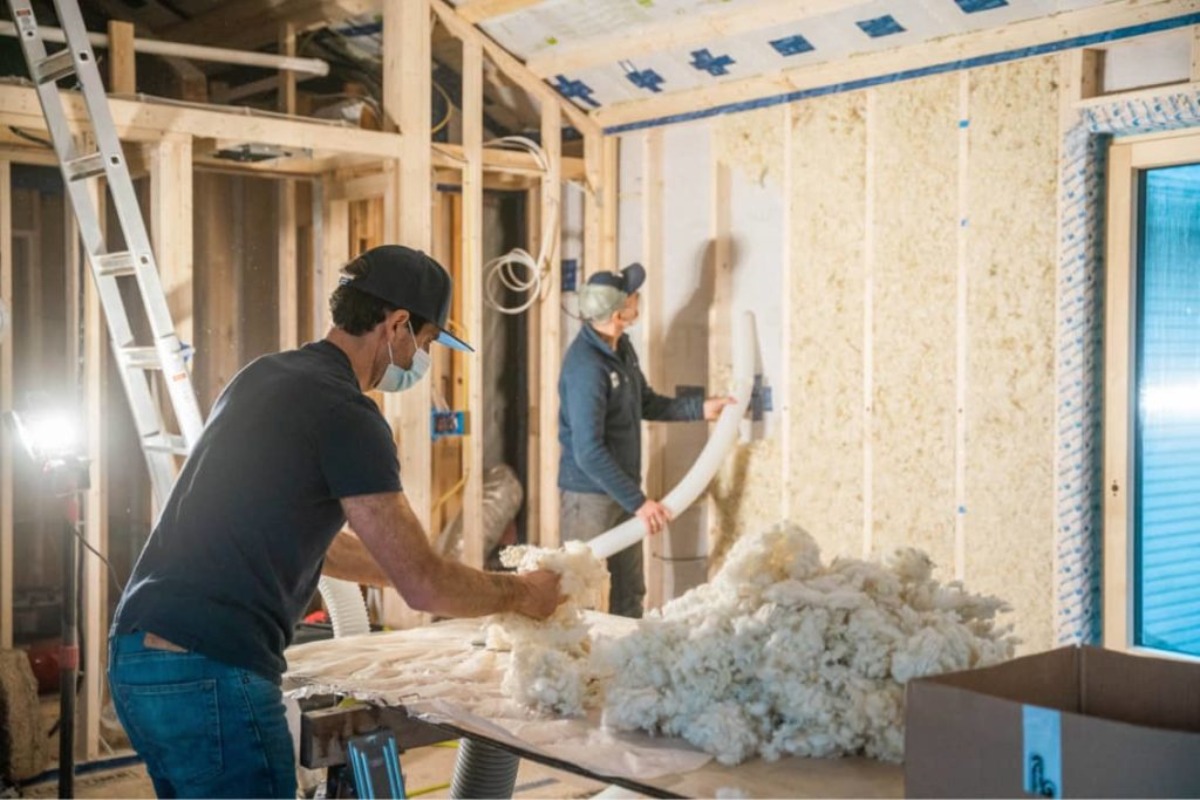
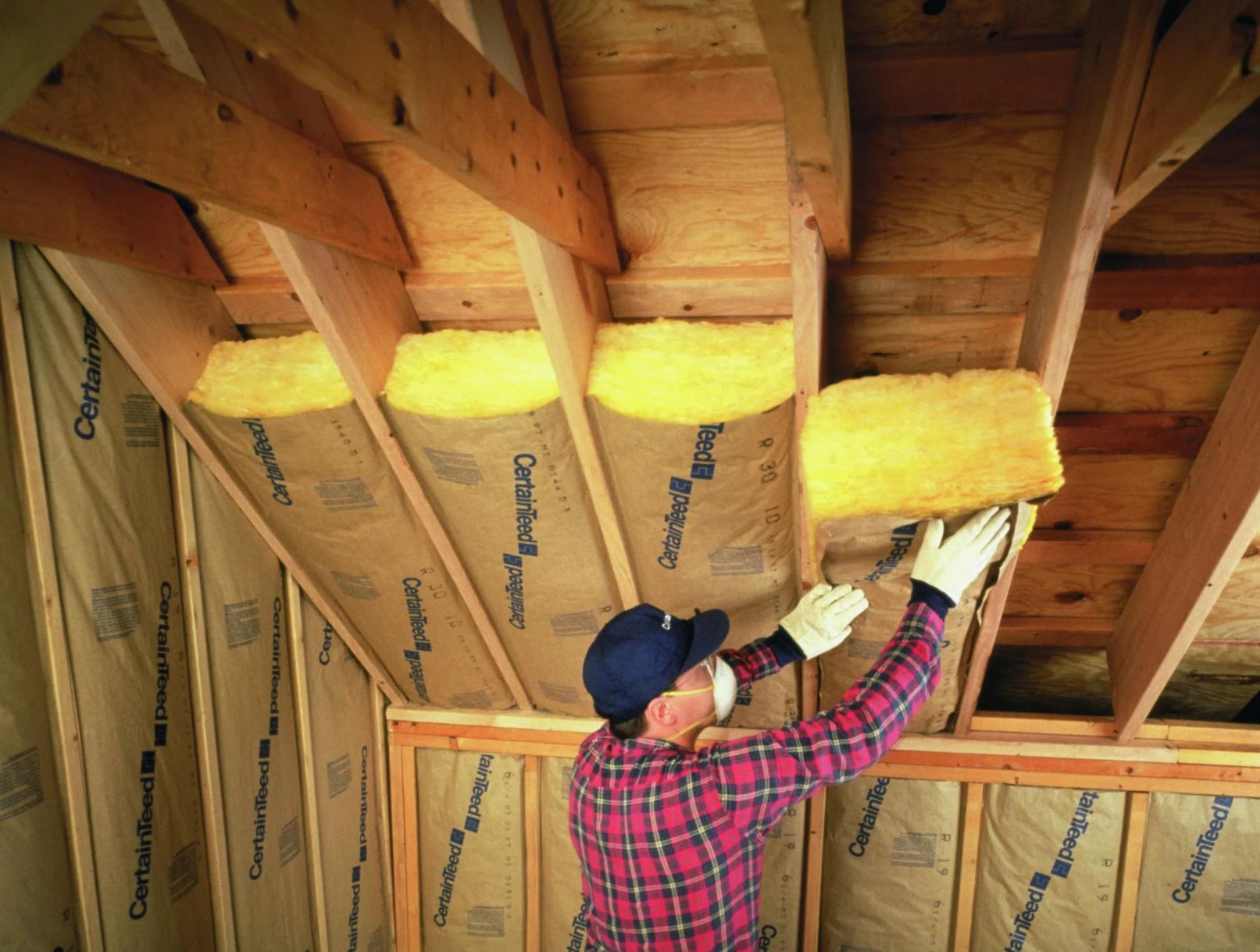
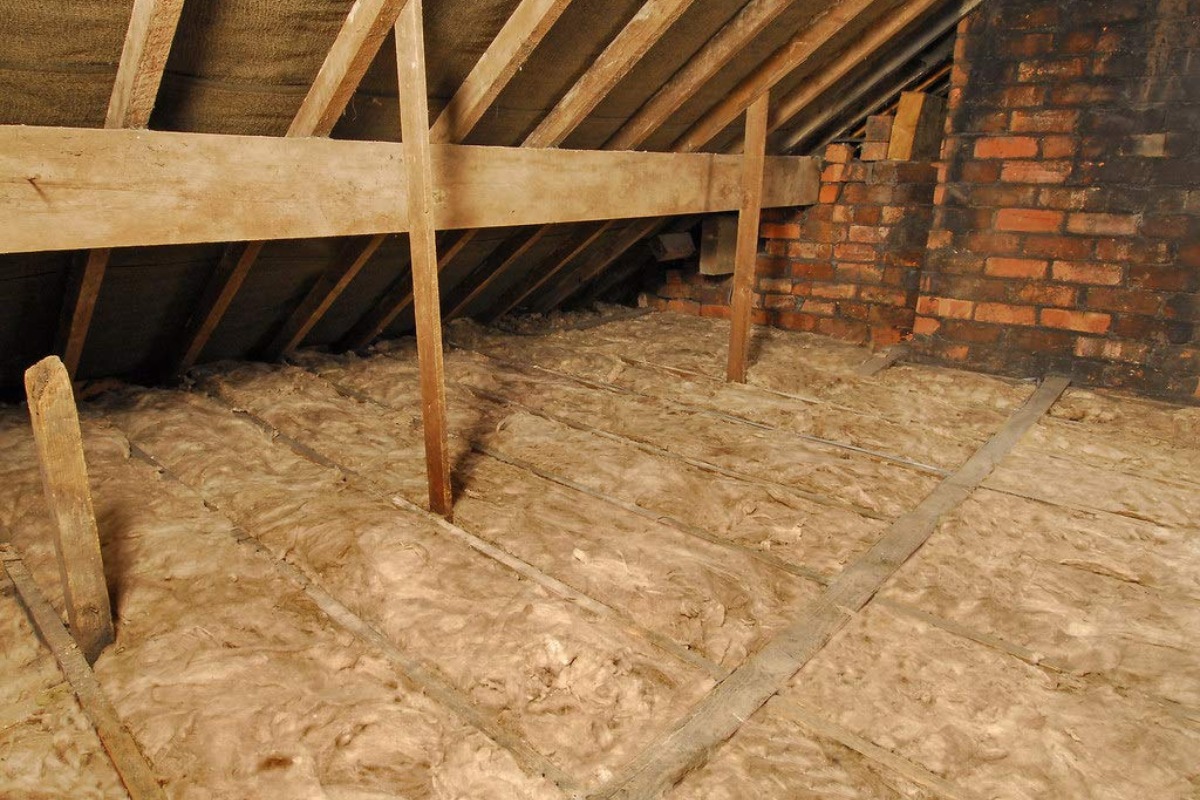
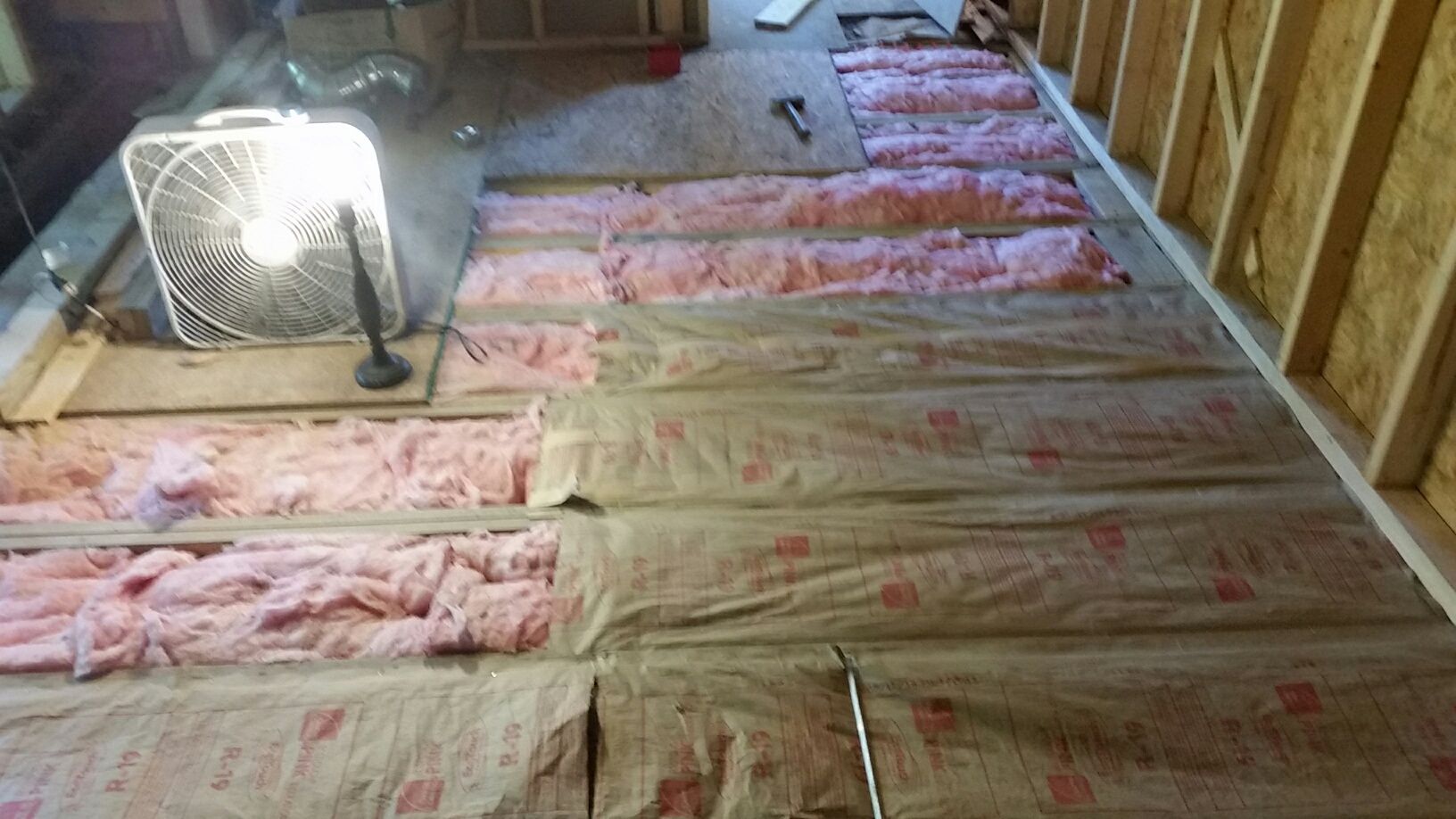
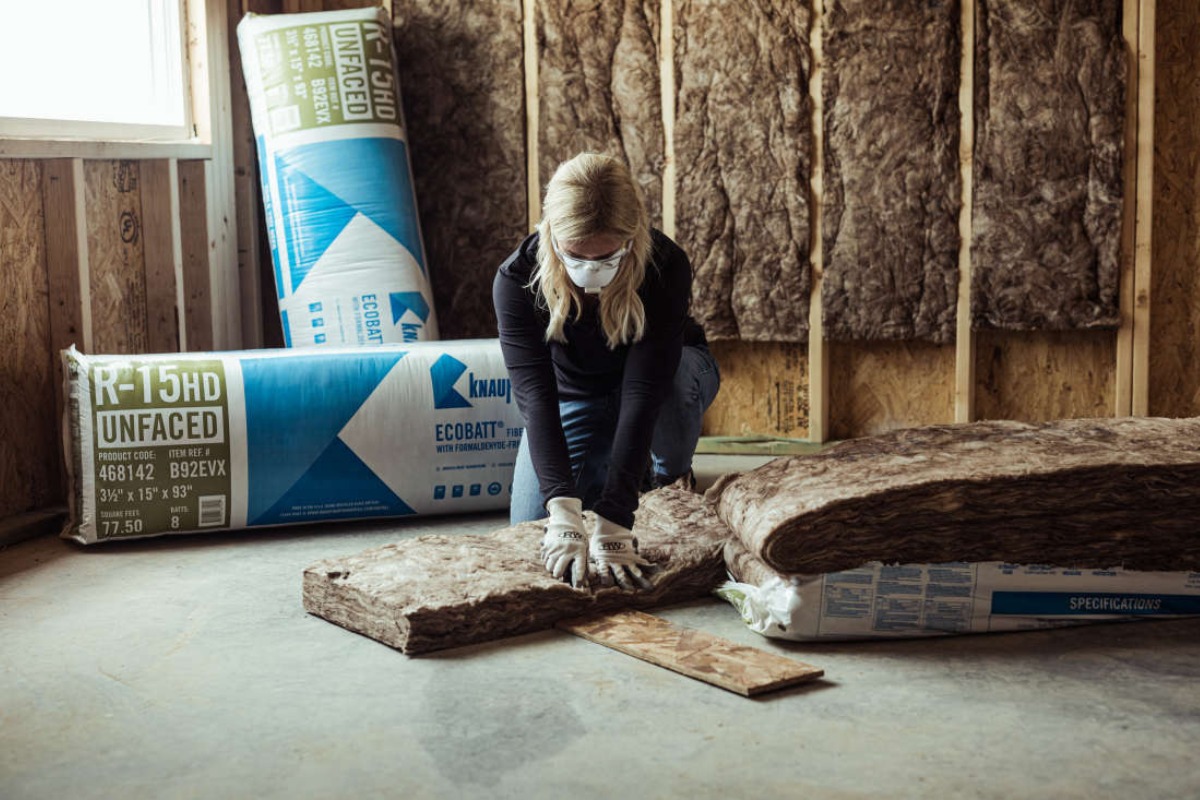
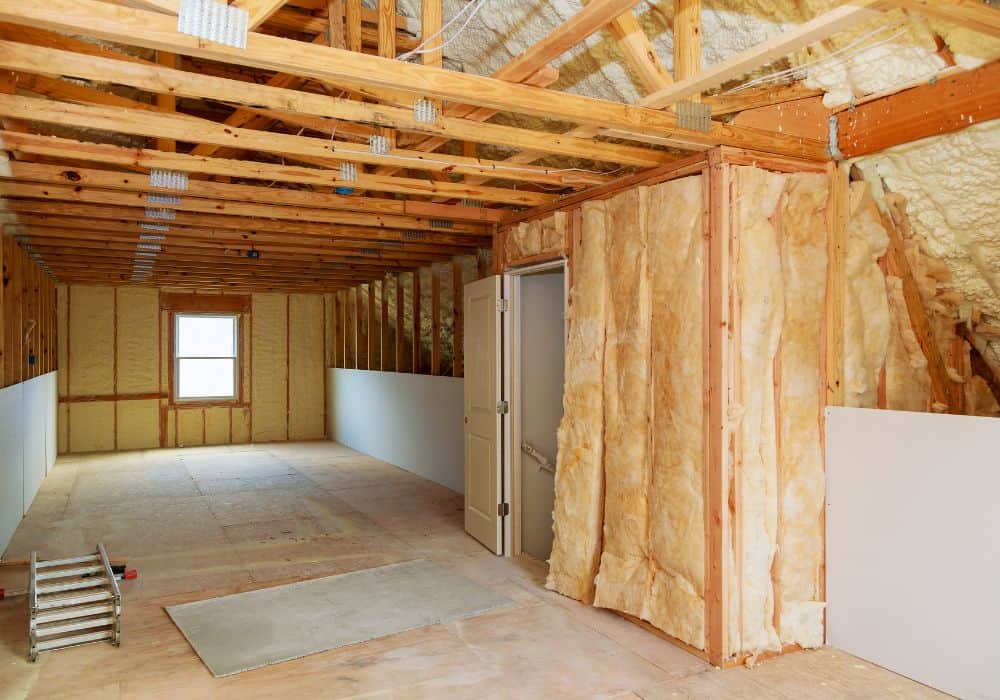
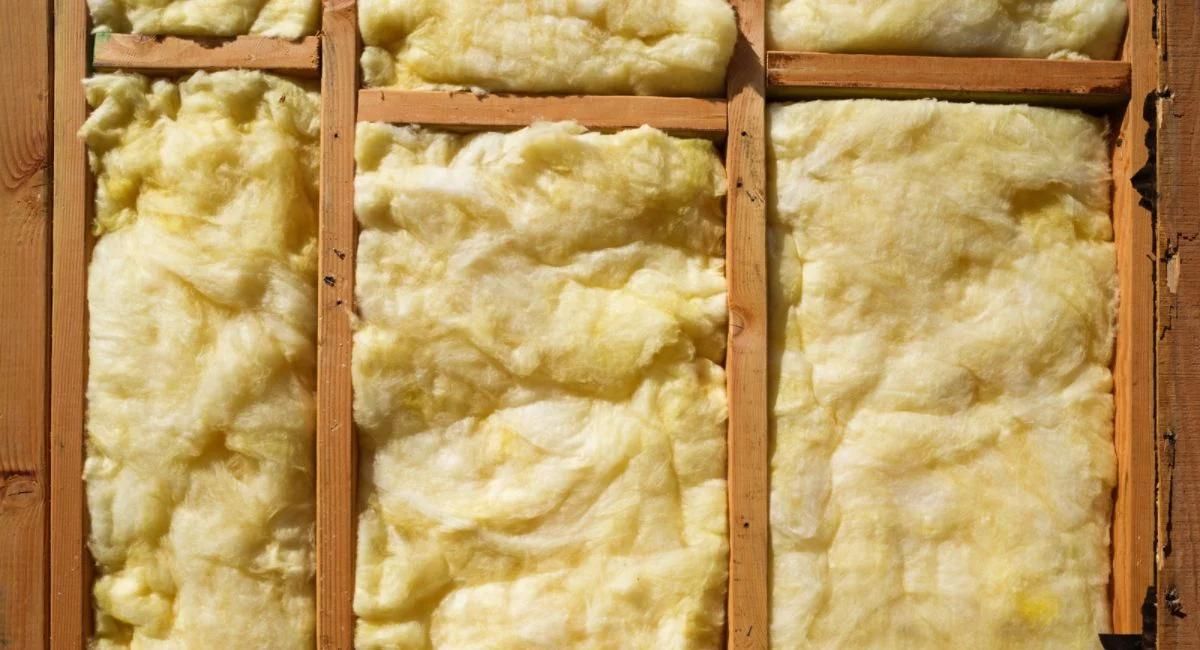
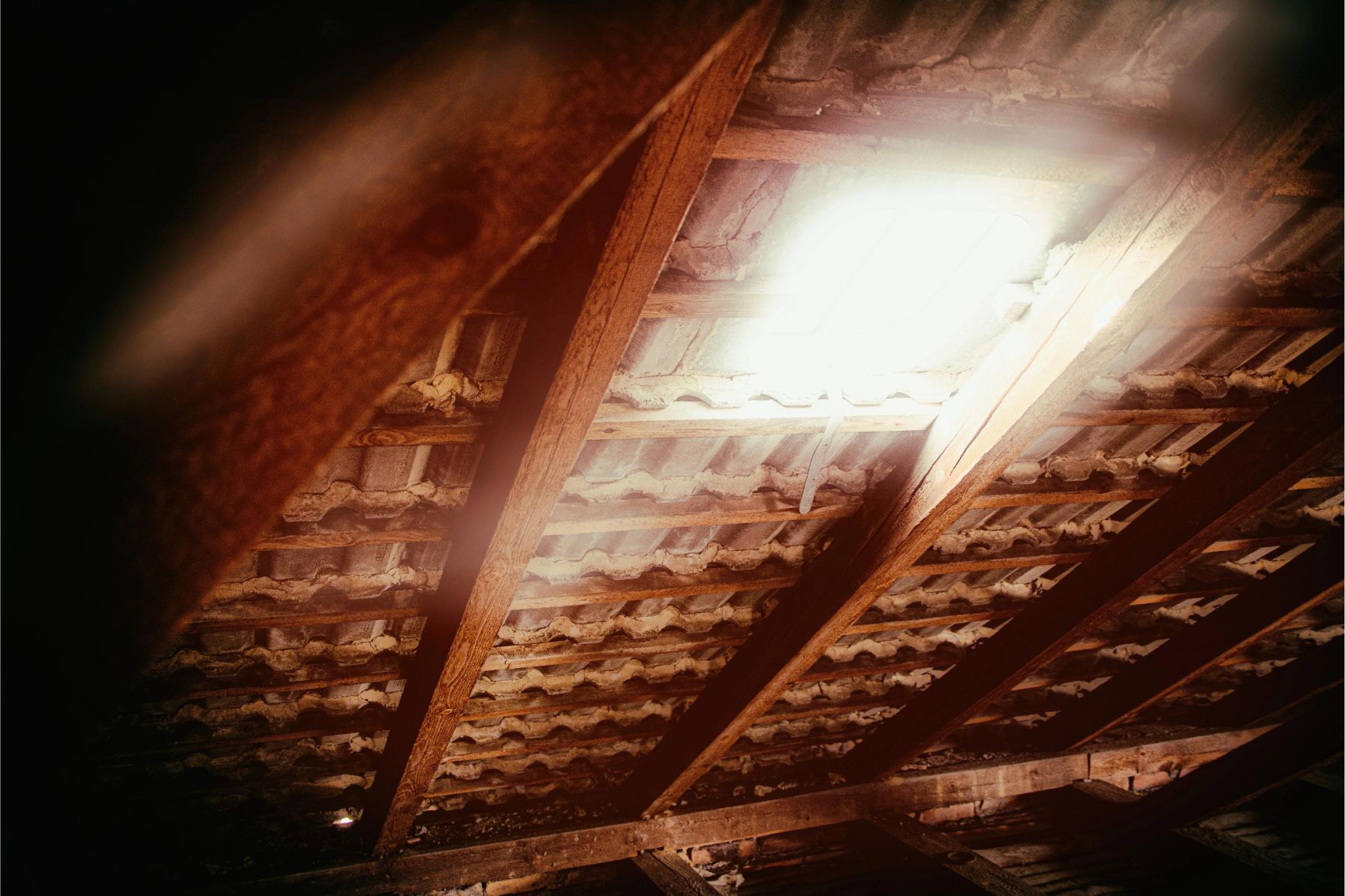
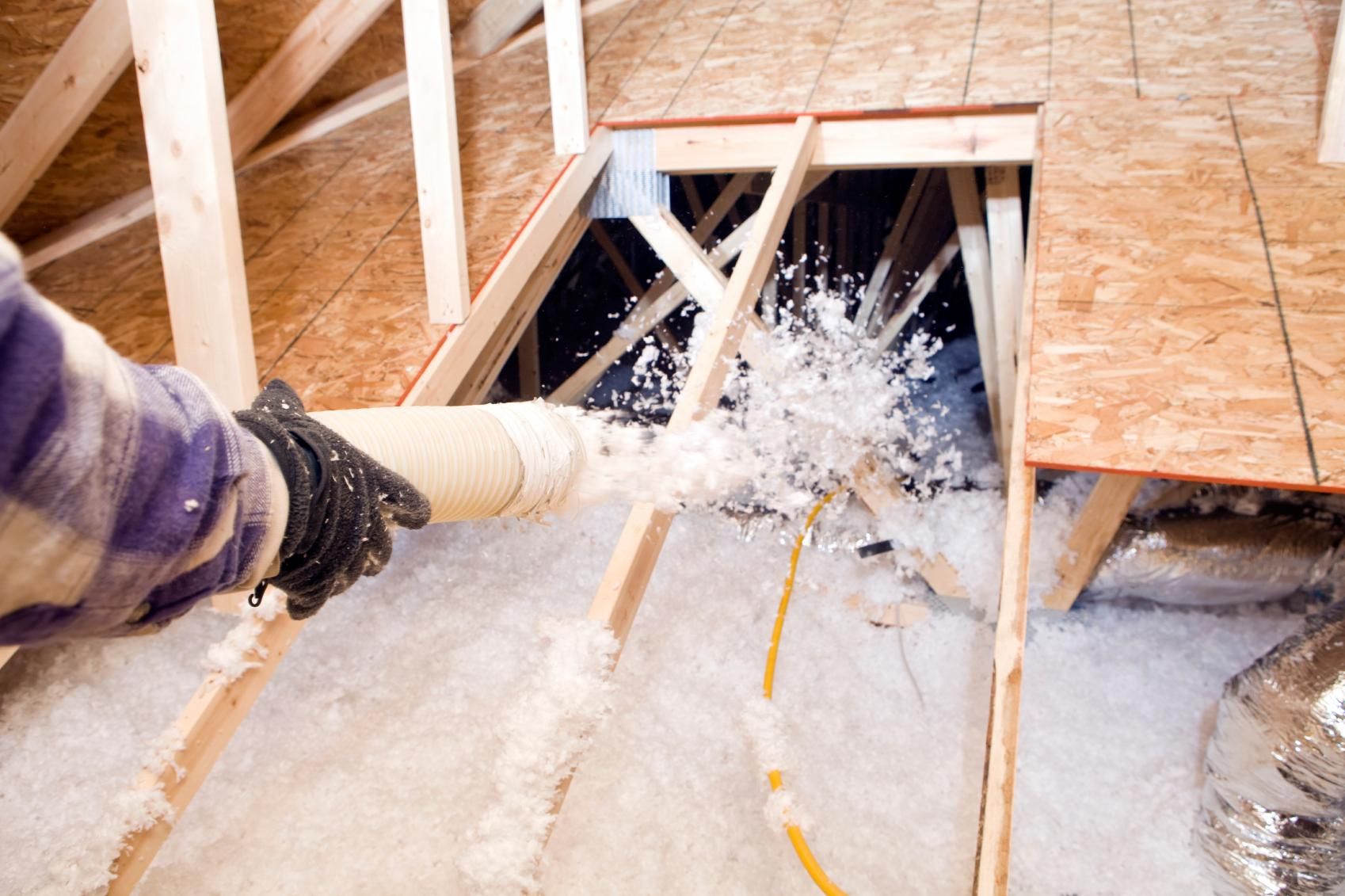
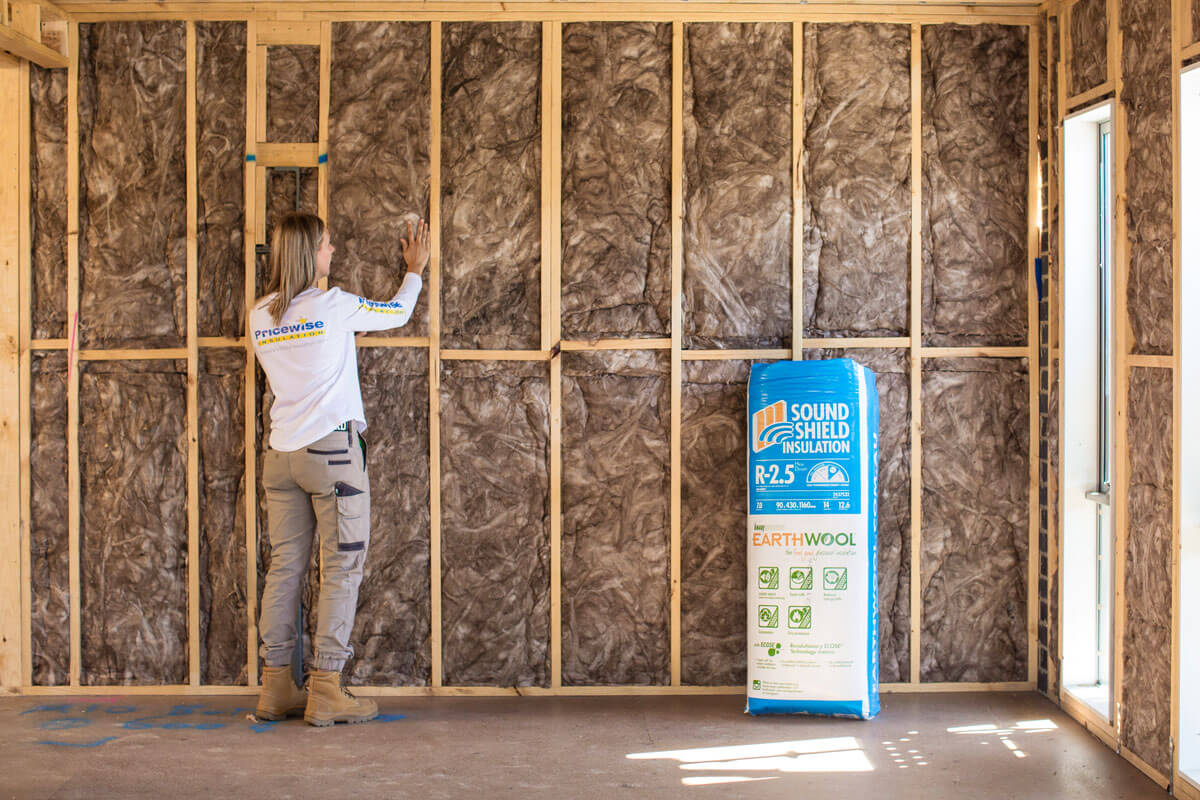
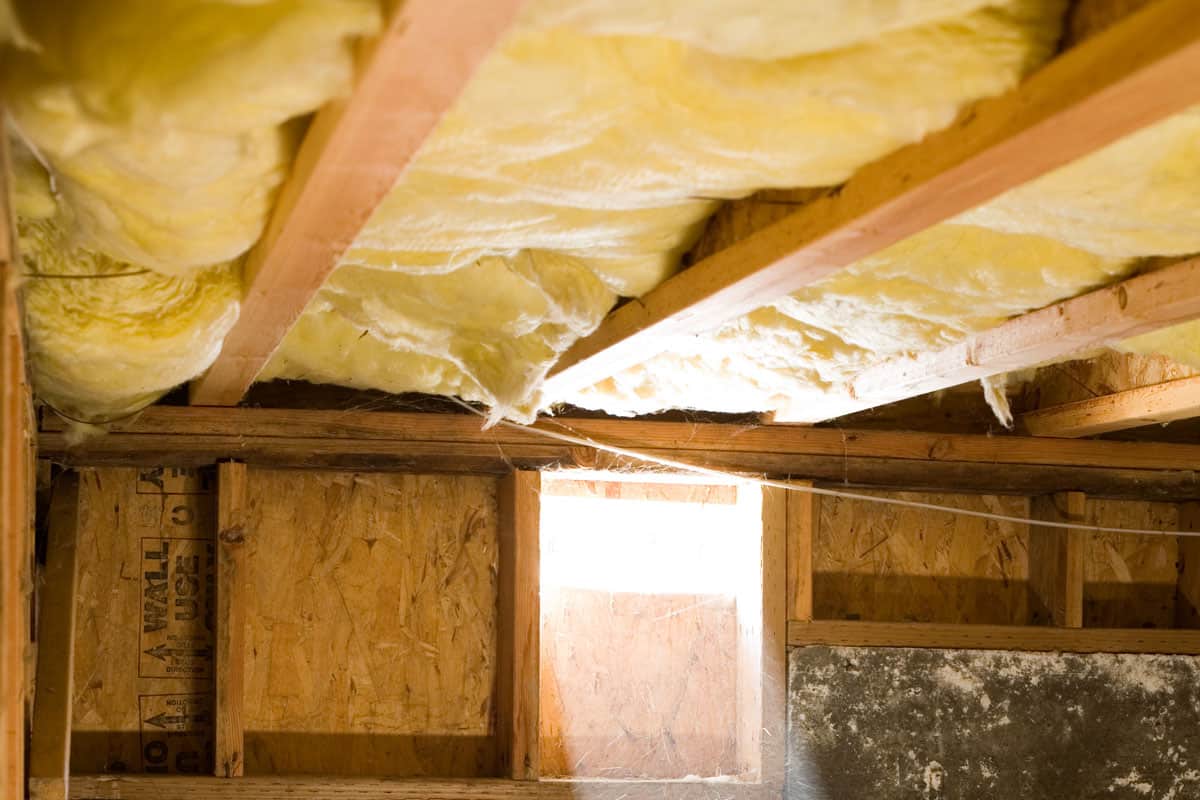
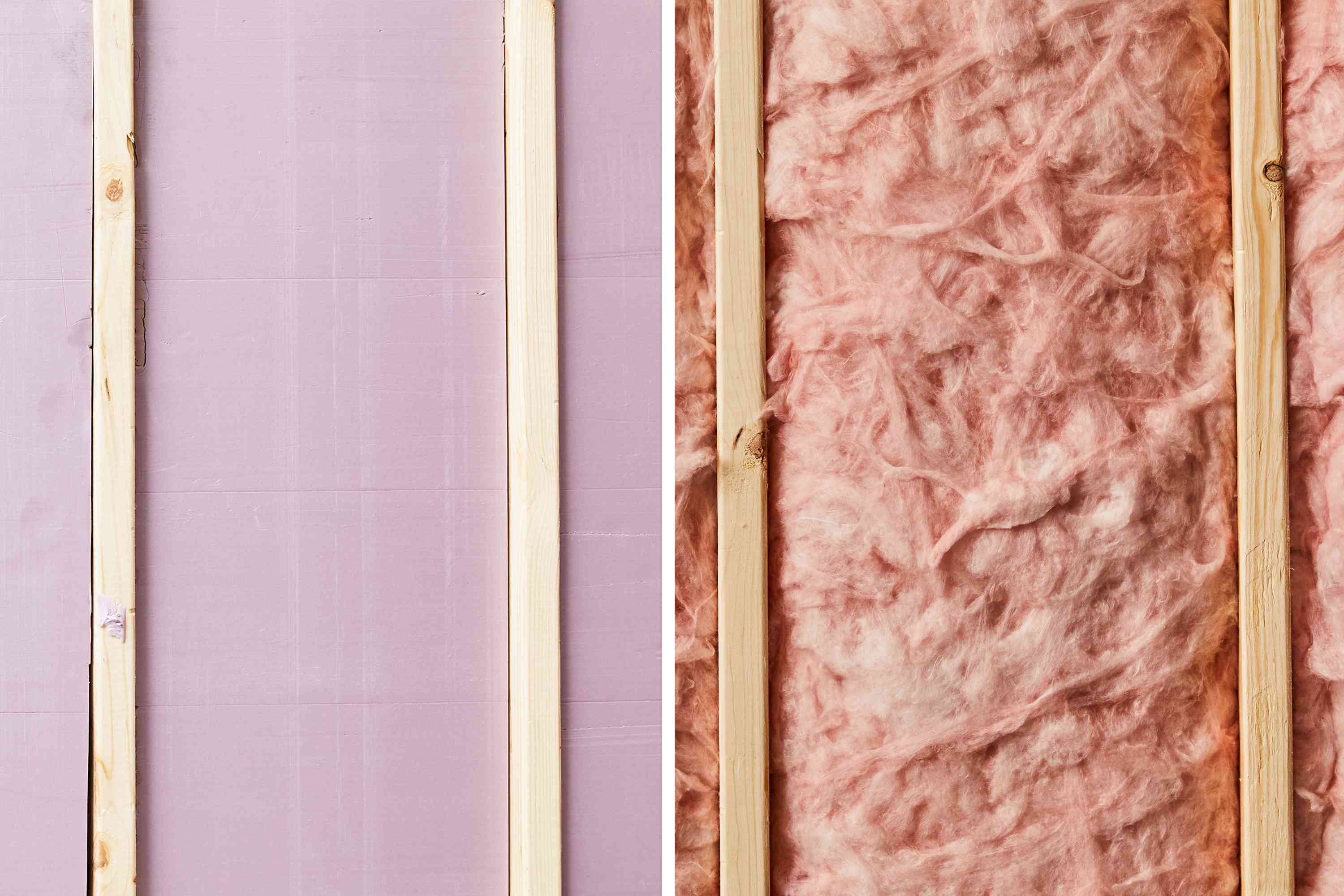
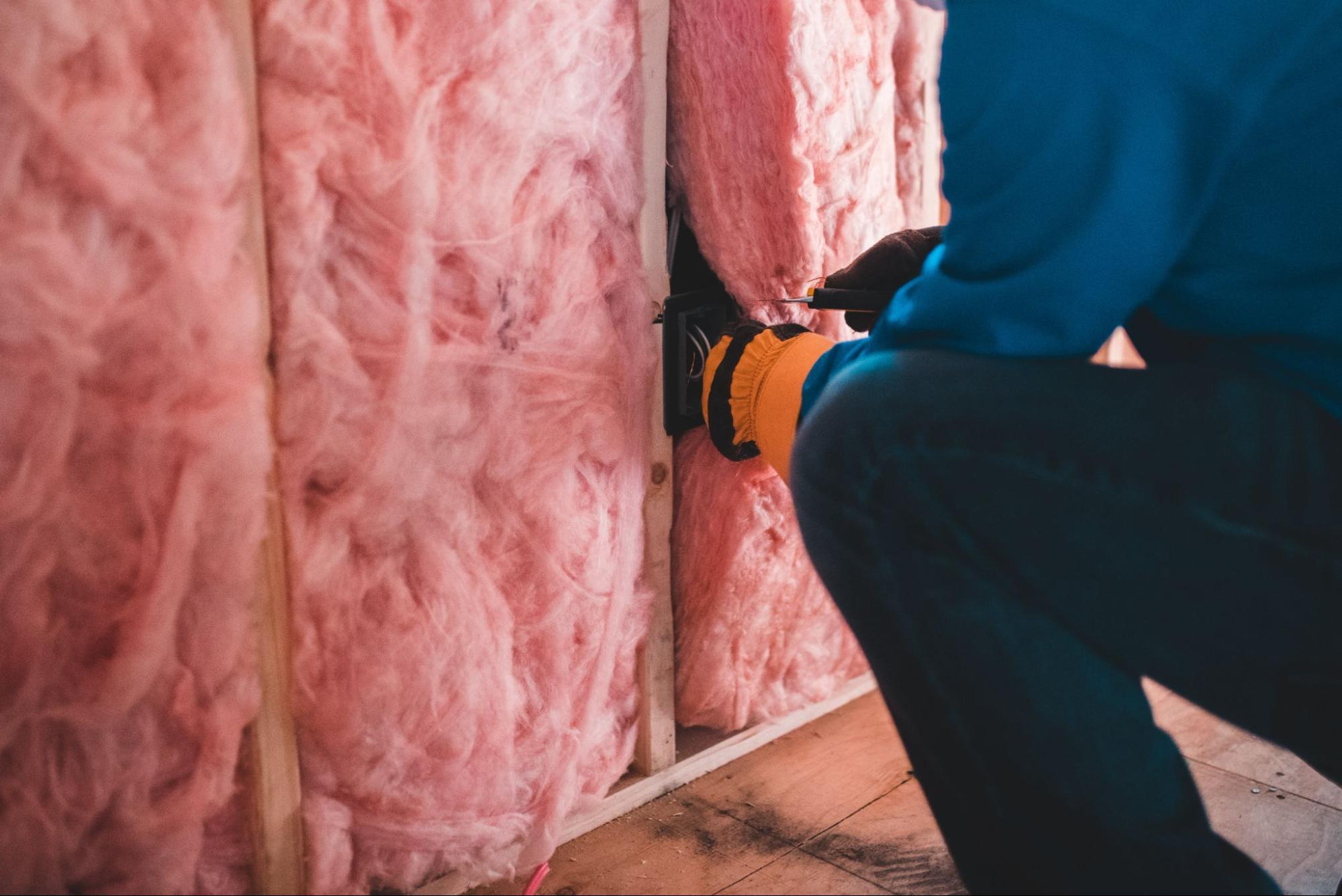
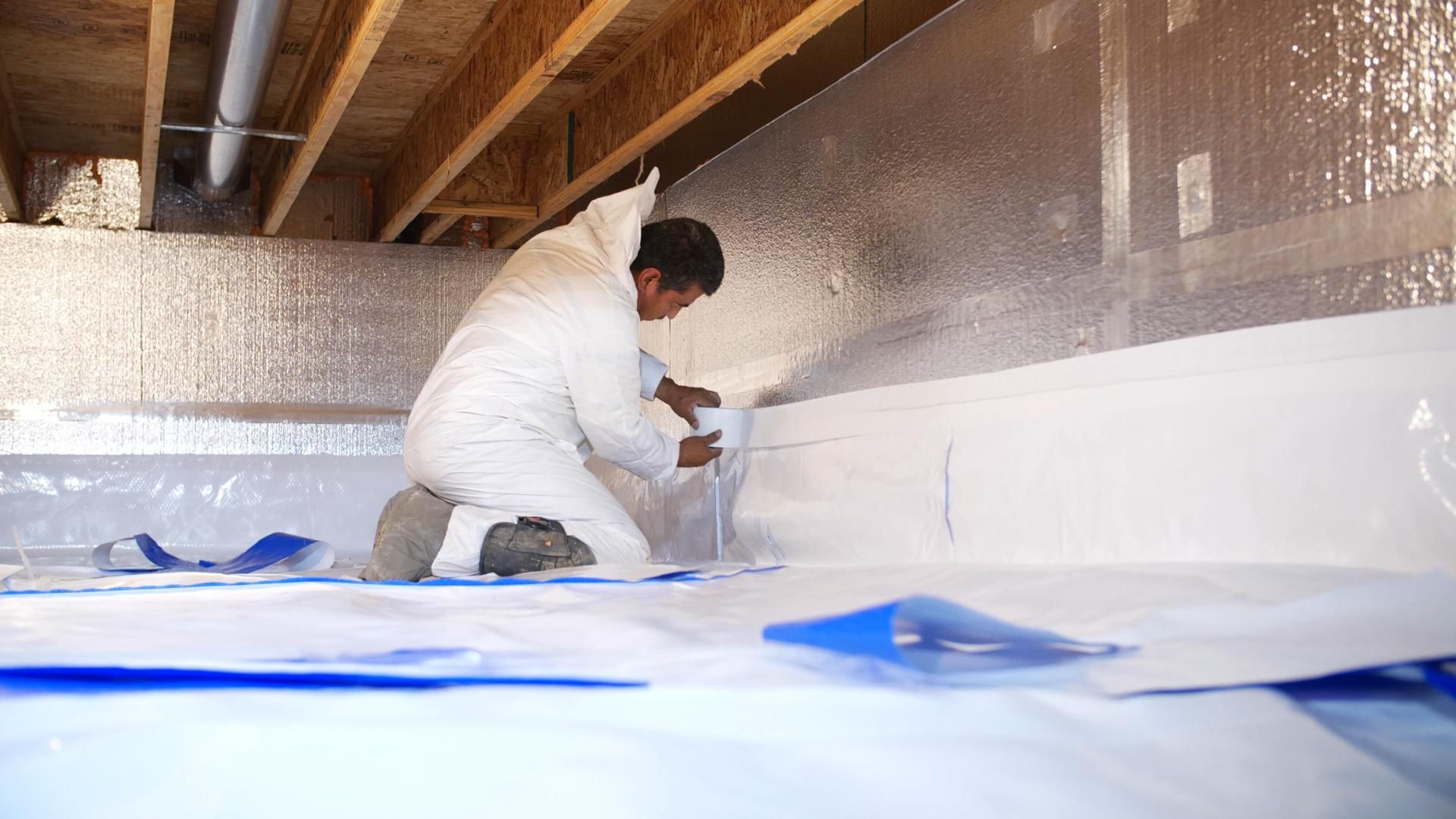

0 thoughts on “What Is R-11 Insulation Used For”